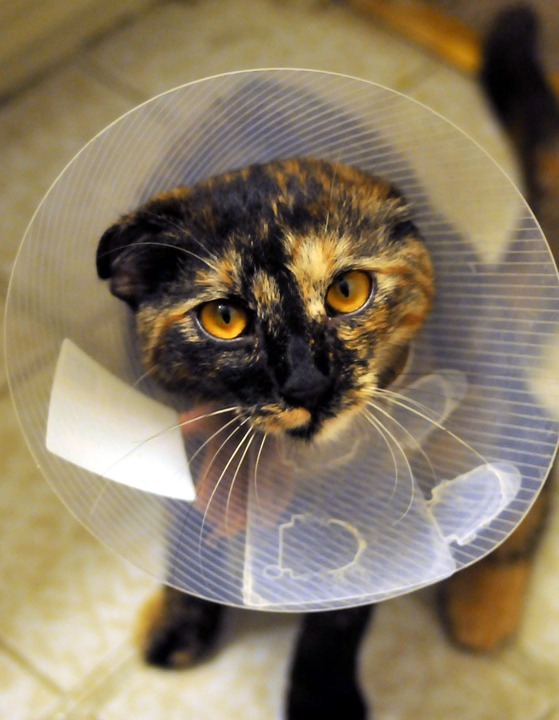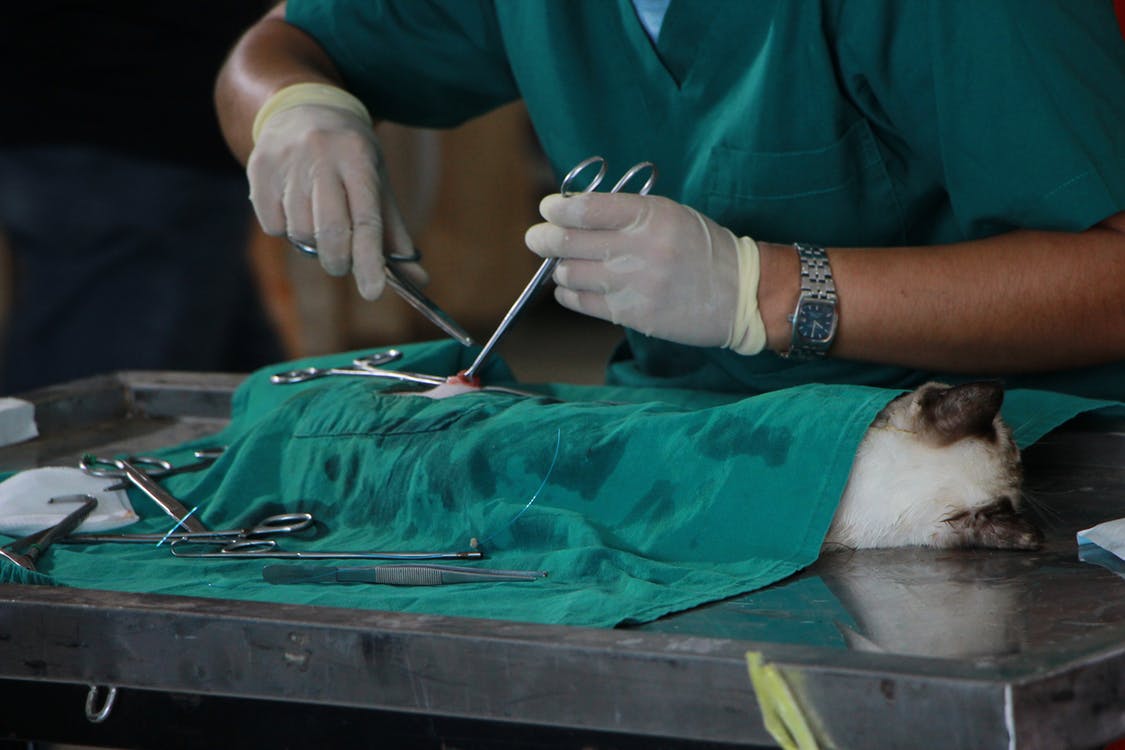One of the most important health decisions you will make for your pet dog or cat is to spay or neuter them. However, many people hesitate to spay or neuter their pets because they fear that it’s painful and they do not know what the benefits are. But did you know that by spaying or neutering your pet, you will be able to help control the pet homelessness crisis which can also help lessen the millions of healthy dogs and cats that are being euthanized in the United States each year simply because they do not have homes? And aside from that, there are also lots of medical and behavioral benefits that come with spaying and neutering your pets.
If you’re one of the people who wants to know the benefits of spaying and neutering your pets, then we’re here to tell you all about it.
What are Spaying and Neutering?
Before we tackle the benefits, let us know first what exactly is spaying and neutering. Spaying is done to female pets and it is the process of removing the reproductive organs of female dogs and cats. Neutering, on the other hand, is done to male pets and it is the process of removing the male cat’s or dog’s testicles through surgery.
Both spaying and neutering are done while your pet is under anesthesia. And after the procedure, your vet may want to keep your pet under observation for anywhere from a few hours to several days. It will depend on your dog’s size, age, and health whether it will stay in your vet’s care longer. There are also certain procedures that may require you to bring your pet back after a week to ten days for suture removal. And if you have questions about spay or neuter procedures, your vet will probably be happy to answer all of them.
Importance of Spaying and Neutering Your Pet
Now that we know what spaying and neutering are, let us now discuss the benefits of these procedures to your pets, to you, and to the community as well.
-
Healthier and longer life for your pets.
Spaying can help female pets to prevent having uterine infections and as well as breast tumors which are both malignant and cancerous in about fifty percent of dogs and ninety percent of cats. It means that spaying your female pet before her first heat can offer the best protection from these ailments.
The same thing goes with neutering your male pets because it can help prevent testicular cancer and some prostate problems.
-
Your female pet won’t go into heat.
Female felines usually go into heat 4 to 5 days every 3 weeks during its breeding season. But if your pet is spayed, this means that it won’t go into heat and at the same time, it will also not yowl and urinate more frequently.
-
Your male pet will not roam away from home.
It’s because an intact male pet will do anything to escape the house and find a mate which can also make him prone to injury in traffic and fights with other male animals. But when your male pet is neutered, it will be less likely for it to roam away from your home.
-
Male pets that are neutered are more behaved.
When dogs and cats are unneutered, they are more likely to mark their territories by spraying strong-smelling urine all over your place. But when they are neutered, they might be less likely to mount other dogs, people, and inanimate objects. Aside from that, some aggression problems may also be avoided by early neutering.
-
Spayed and neutered pets are highly cost-effective.
When your pets are spayed and neutered, you don’t have to deal with the cost of having and caring for a litter. And the cost of spay and neuter surgery is also far less than the cost of caring for a litter of kittens and puppies.
When is the Best Time for Your Pets to be Neutered and Spayed?
Once you’ve decided to get your pet spayed or neuter, you might also wonder when should the procedure be done. For dogs, the traditional age for neutering is 6 to 9 months. But puppies that are as young as 8 weeks old can be neutered and spayed as long as they are healthy. Adult dogs can also be spayed or neutered, however, there’s a slightly higher risk of post-operative complications for them especially if they are overweight or if they have health problems.
Cats, on the other hand, can be spayed and neutered as young as 8 weeks old. It is better to perform the surgery during these times so that kittens can be sterilized early especially if they will be coming from the shelter. To avoid the start of urine spraying and eliminate the change of pregnancy, your cat should be scheduled to be spayed or neutered before it reaches five months of age. It is also possible to spay a female cat while it’s in heat.
Myths and Misconceptions About Spaying and Neutering
There are some people who do not want to get their pets spayed and neutered because they believe in some of these myths and misconceptions.
- It Will Not Cause Your Pet to Become Overweight
Some pet owners believe that when pets are spayed or neutered, they will become overweight but that is not true. Pets will only become overweight when they are overfed and if they lack exercise. If you want your pet to remain fit and trim, simply continue to provide them exercise and monitor their diet. Spaying and neutering do not have anything to do with your pet’s weight.
-
It is Not a Quick Fix for Behavior Problems
Neutering your pet can reduce undesirable behaviors that are caused by higher level of testosterone but there is no guarantee that your dog’s behavior will change after it has been neutered especially those behaviors that your pet has earned or have become habitual. Keep in mind that the effects of neutering are dependent on your pet’s individual personality, physiology, and history.
Neutering or spaying your pets does not cost that much but you and your pet will be able to get a lot of benefits from it. Aside from that, it also comes with a satisfaction knowing that you are doing something to prevent the birth of more unwanted animals. We hope the information we shared will convince you to have your pets spayed and neutered.



